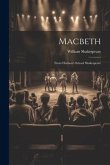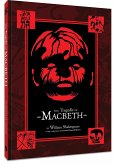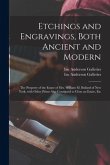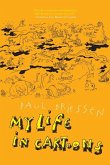- The iconic flickbook showing Shakespeare's face emerge, built from the titles of his plays, by one of Britain's great graphic designers, Abram Games - A monument in the history of design In 1975 Abram Games, one of Britain's greatest graphic designers, was commissioned to make a fund-raising poster for the Royal Shakespeare Company. His brilliant solution was to become iconic: the face of Shakespeare built up from the titles of all the plays as they appear in the First Folio. The poster has been seen all over the world; but Abram Games intended much more. After his death, his daughter Naomi discovered a mock up he had made of a flick book. As the reader flicked the pages, Games planned to make Shakespeare's face gradually emerge. Now at last Games' original project is coming to life. All 37 plays are included, in the order they are printed in the First Folio of 1623, ending with Pericles, Prince of Tyre, added to the collection in the Third Folio of 1664. At the end, the playwright makes a graceful exit, marked by the poems and the lost or doubtful plays. The book is completed with some favorite quotations, and the date of each work. Naomi Games has written a brief introduction about the history of Games' image.
Hinweis: Dieser Artikel kann nur an eine deutsche Lieferadresse ausgeliefert werden.
Hinweis: Dieser Artikel kann nur an eine deutsche Lieferadresse ausgeliefert werden.








